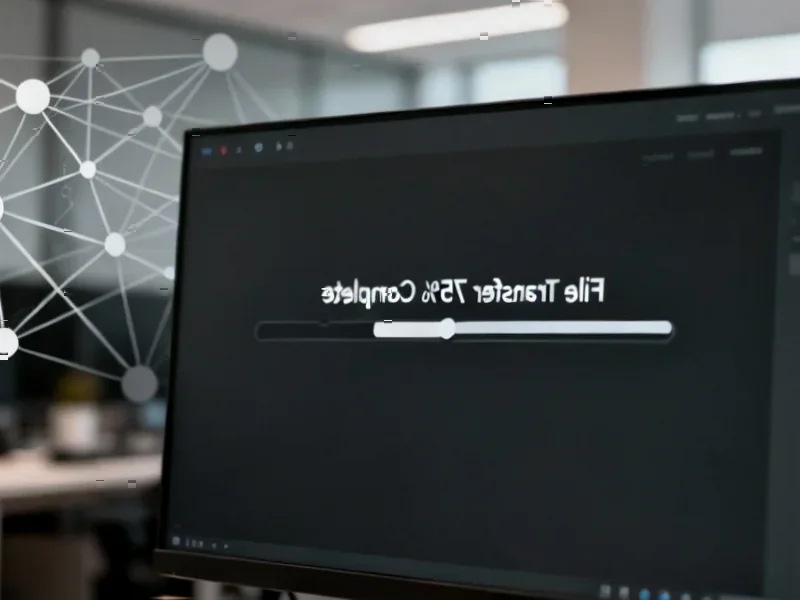According to TechRadar, Italy’s communications authority AGCOM has announced mandatory age verification for adult websites effective November 12, joining similar initiatives in the UK, France, and US states. The system features a “double-anonymity” design where certified third parties verify identities without knowing what content is accessed, while websites receive only anonymous tokens. The initial rollout targets approximately 50 websites already identified by AGCOM, though the European Platform of Regulatory Authorities indicates this scope may expand to other services unsuitable for minors. Meanwhile, Google search data reveals a 140% spike in searches for “November 12” and significant VPN interest in Italy, suggesting many users are already seeking circumvention methods. This pattern mirrors experiences in other countries implementing similar restrictions.
The Technical Reality Behind “Double-Anonymity”
While the “double-anonymity” system sounds promising in theory, it creates several critical vulnerabilities that undermine its security claims. The fundamental problem lies in creating a centralized identity verification system that becomes an irresistible target for hackers and surveillance operations. Even with the separation between identity verification and content access, the verification provider becomes a single point of failure containing comprehensive user data. History shows that such centralized databases—from credit bureaus to government records—consistently become primary targets for sophisticated cyberattacks. The AGCOM framework doesn’t adequately address what happens when this third-party system is inevitably breached.
The Inevitable Behavioral Backlash
The surge in VPN searches demonstrates a predictable pattern seen in every jurisdiction that has implemented similar restrictions. When legitimate access becomes cumbersome, users migrate to riskier alternatives. The Google Trends data reveals users are already seeking workarounds, which often leads them to unverified VPN applications with questionable privacy policies and security practices. This creates the exact opposite outcome intended by regulators—instead of protecting user data, it drives people toward potentially malicious services that may harvest and sell their information. The 140% search increase for the implementation date suggests coordinated efforts to circumvent the system before it even launches.
The Slippery Slope of Mission Creep
The suggestion that this system could expand beyond adult content represents the most concerning aspect of this regulatory approach. What begins as “protecting minors” from adult content often evolves into broader internet censorship and surveillance. We’ve seen this pattern repeatedly—the UK’s initial age verification proposals gradually expanded to include social media platforms and other services. Once the technical infrastructure exists and the political justification is established, expanding its scope becomes bureaucratically convenient. The vague language about “other services unsuitable for minors” creates a dangerously flexible standard that could eventually encompass political content, health information, or educational materials deemed inappropriate by shifting cultural standards.
Unintended Economic Consequences
Beyond privacy concerns, these verification requirements create significant barriers for smaller adult content creators and platforms. The compliance costs and technical integration requirements favor large corporations with legal and engineering resources, potentially crushing independent creators and smaller platforms. This consolidation effect has been observed in other regulated industries where compliance burdens effectively eliminate competition. Additionally, the requirement for repeated verification creates friction that may drive users toward pirate sites with no verification requirements, undermining legitimate businesses while doing nothing to actually protect minors.
Are There Better Alternatives?
If the genuine goal is protecting minors, more effective solutions exist without creating massive privacy risks. Device-level parental controls, education-based approaches, and opt-in filtering systems have proven more effective while preserving user autonomy and privacy. The fundamental flaw in these national verification systems is treating adult content consumption as something requiring government oversight rather than personal responsibility. As Italy moves forward with its November 12 implementation, the technical community should advocate for less intrusive alternatives that achieve protection goals without creating surveillance infrastructure that will inevitably expand beyond its original purpose.




